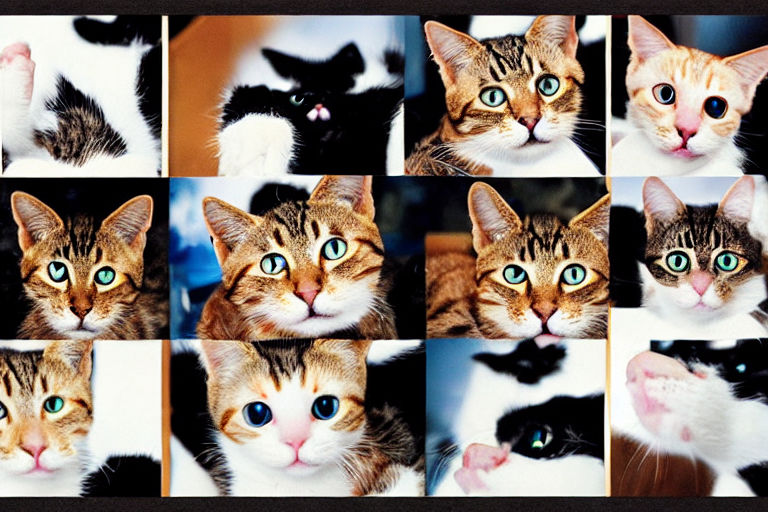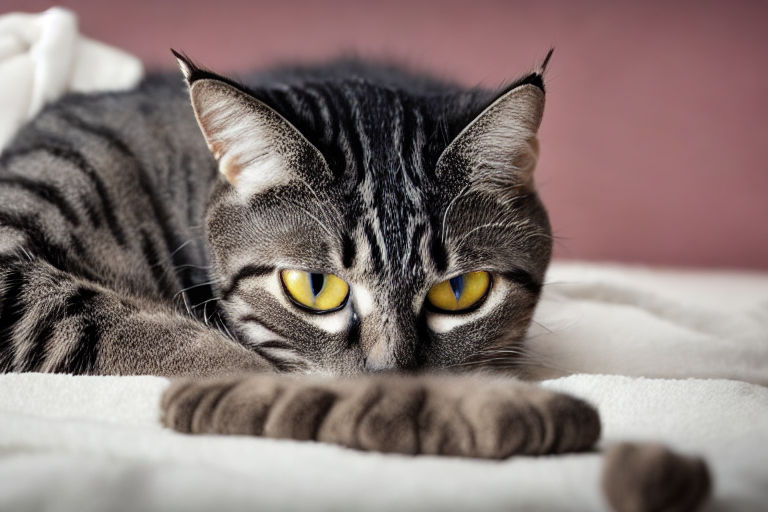The Science of Purring: What Your Cat's Vibrations Really Mean
Cats are fascinating creatures. They have many different ways of communicating, from meowing and hissing to purring. But what does it mean when your cat purrs? Is it just a sign of contentment, or is there more to it?
The Basics of Purring
Purring is a vibration that cats make when they are breathing in and out. This vibration is caused by the contraction of muscles in their larynx and diaphragm. Most cats purr when they are relaxed, but they can also purr when they are in pain, frightened, or hungry.
Why Do Cats Purr?
There are many theories about why cats purr. One theory is that purring helps cats to relax and reduce stress. Another theory is that purring is a form of communication between cats and their owners. Some researchers believe that purring releases endorphins, which are natural painkillers, and that cats may purr as a way to relieve discomfort or heal themselves.
Decoding Your Cat's Purr
While all cats purr, not all purrs are the same. Here are some common types of purrs and what they may mean:
-
Contentment purr: This is the most common type of purr and usually indicates that your cat is happy and relaxed.
-
Attention-seeking purr: If your cat is rubbing against your legs and purring loudly, it may be asking for attention or food.
-
Stress purr: Cats may purr when they are stressed or anxious. If your cat is purring loudly during a vet visit, it may be a sign that it is nervous.
-
Sick purr: Some cats may purr when they are in pain or discomfort, as a self-soothing mechanism.
Conclusion
In conclusion, purring is a fascinating way that cats communicate and express themselves. While we may never fully understand why cats purr, we can certainly appreciate the joy and comfort it brings to our lives. If you have a cat, take the time to listen to its purrs and try to decode what it may be saying to you.





